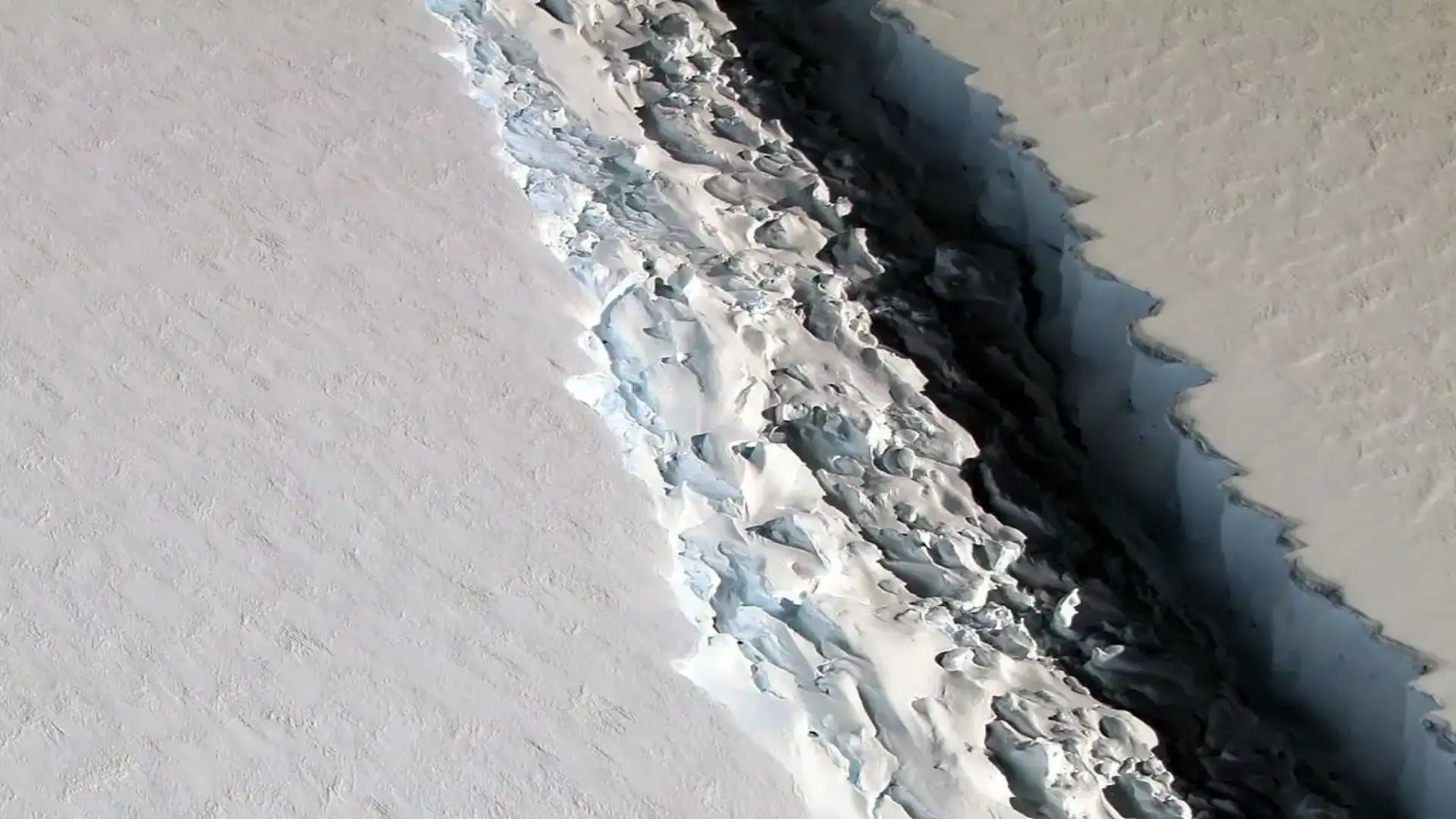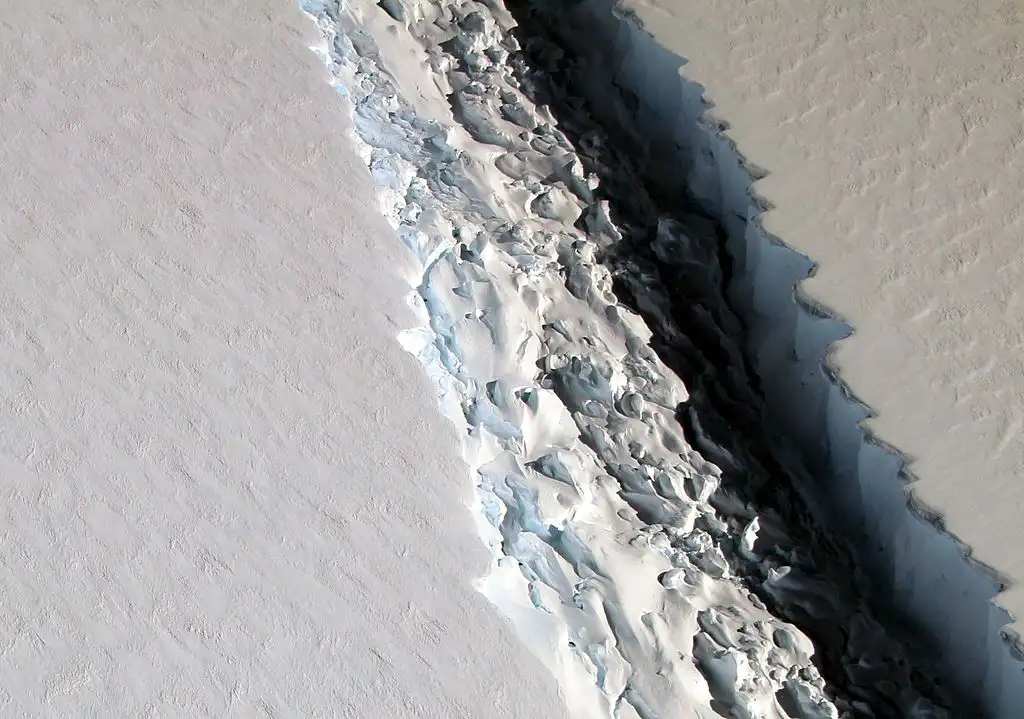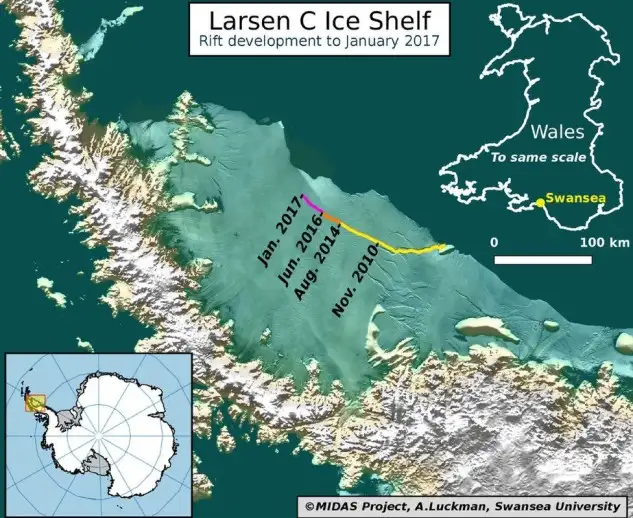
A giant iceberg is about to separate from Antarctica
A giant iceberg is about to separate from Antarctica
A large iceberg, the size of Puerto Rico, is likely to separate from Antarctica in a few months, as confirmed by a group of British scientists. This could destabilize the ice block known as Larsen C, putting it in a very precarious position. The ice blocks act as floating glacier supports on the ground, then if the giant Larsen C collapses into the ocean, other glaciers from the west Antarctic could also slide into the ocean to raise sea levels. The project team has said that the crack, the name they gave to this opening, is a geographical event and not one that can be directly attributed to climate change, but could accelerate the climate change-related effects of getting separated, as it would weaken the Larsen C ice block completely.
If Larsen C collapses, this would cause the glaciers of the earth to be poured over the ocean, which would increase sea level and perhaps help to increase the melting of the glaciers of the Antarctic. Last December, satellite observations revealed that the rift grew 18 kilometres in just a few weeks. "After a few months of continuous increase since the last event, the crack suddenly grew 18 kilometres during the second half of December 2016. Only about 20 kilometers of ice connect the iceberg - which has the size of a quarter of Wales, in the United Kingdom - to its respective ice block."
The separation of this iceberg, which is equivalent to ten percent of the Larson C ice block, could make the whole block "less stable""The project manager, Martin O'LEary, from Swansea University, in Wales, said through a statement. "If this were to collapse, there would be nothing holding the glaciers and they would end up flowing quickly into the water". The crack is 80 kilometers long and about 100 meters wide, but it extends by almost half a mile deep within the ice block. These blocks usually have hundreds of meters of thickness. Climate change has certainly helped the growth of the crack. 2016 was the hottest year that is recorded (for a considerable amount), thanks to the double combination of greenhouse gases and the El Niño event.
© 2024 Nautica Digital Europe - www.nauticadigital.eu













